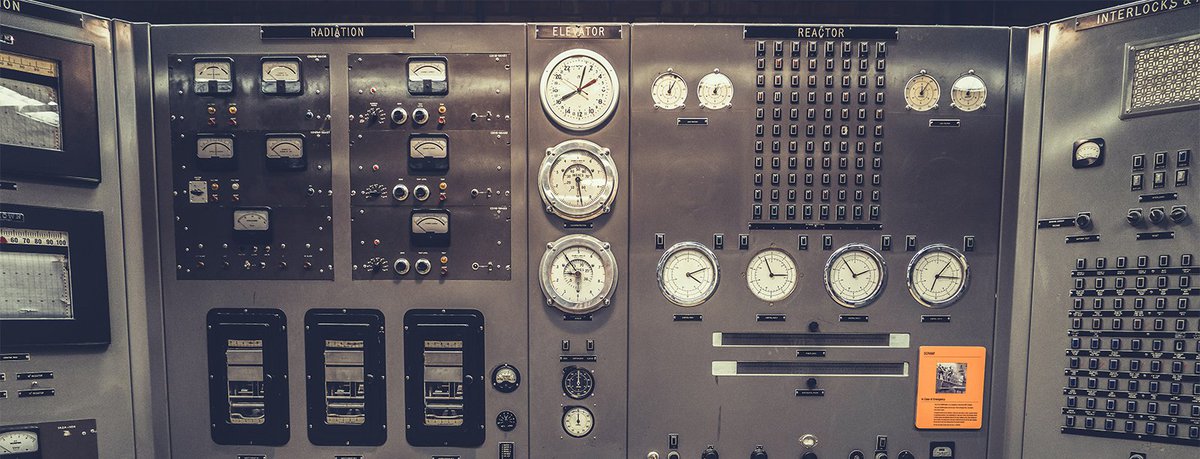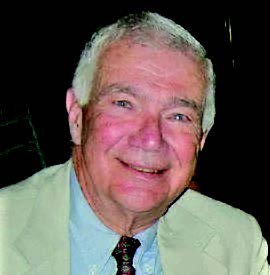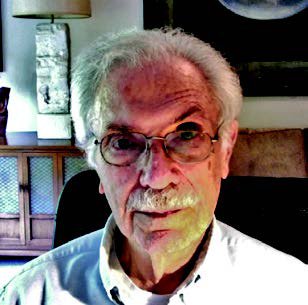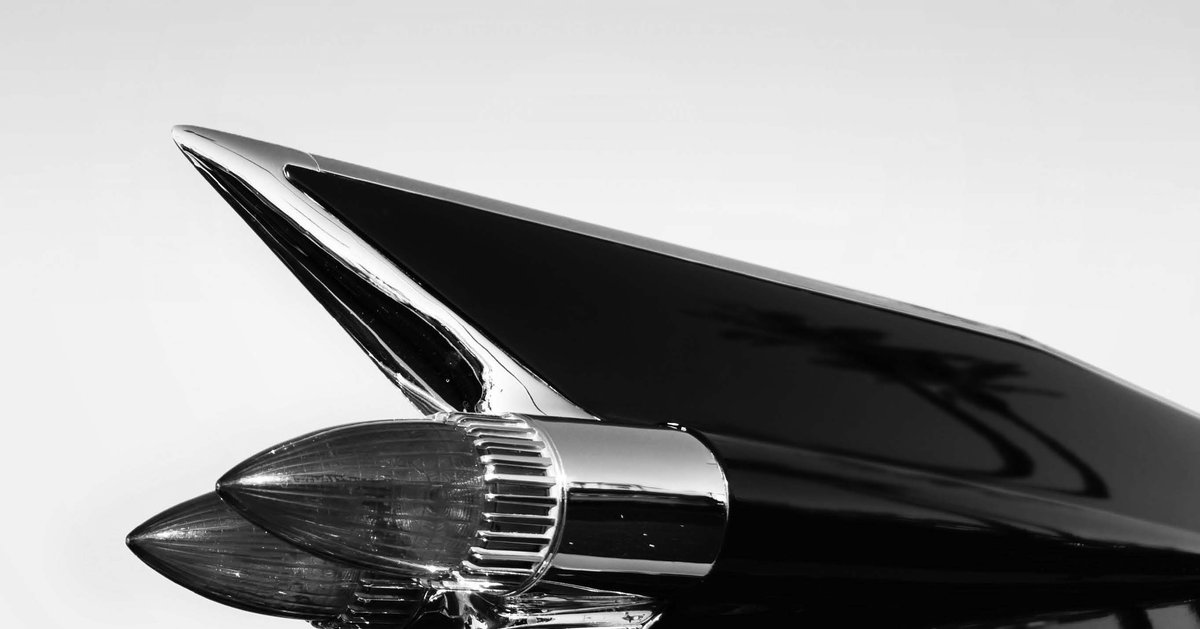Physics in the Cold War

In the late 1940s, the field of physics was at the forefront of some of the world’s greatest technological advancements. The year 1948 marked the invention of the transistor at Bell Laboratories in New Jersey, considered to be the 20th century’s most economically important innovation. Integrated circuits, which are composed of many microscopic interconnected transistors, are the basis of modern electronics. Transistors are used to amplify electronic signals and importantly, switch signals on and off. There are billions of these transistors in the average smartphone.
Nuclear energy also came onto the scene in the early 1950s, as the United States introduced the first power plant to produce usable electricity through atomic fission at the Experimental Breeder Reactor-I (EBR-I) in Idaho. Today, nuclear reactors are an important source of electricity throughout the world.
The Soviet Union experienced its own monumental breakthrough with the success of Sputnik, the first satellite launched in 1957. These transformative discoveries mid-century all created a high demand for physics scholars.
We recently caught up with two alumni from the Department of Physics, Alfred U. MacRae ’54, G’57, ’60 Ph.D. and Jay Zemel '49, G’53, ’56 Ph.D., who attended Syracuse University during a time of rapid growth in that department. Both shared reflections, anecdotes and lessons learned from their days on University Hill.

Alfred U. MacRae ’54, G’57, ’60 Ph.D.
After graduation, Alfred U. MacRae began his career at Bell Telephone Laboratories in New Jersey, investigating the location of atoms on the surfaces of metals and semiconductors and later became director of their exploratory semiconductor technology laboratory. In 1983, he was assigned to the Bell Labs Satellite Communications and Signal Processing Laboratory. MacRae retired as director of AT&T Skynet Satellite Communications Laboratory, later serving as president of MacRae Technologies, providing consultant services on international communications satellite technology and systems and telecommunications equipment. He is the holder of 18 patents and was awarded the University’s Distinguished Alumni Award.

Jay Zemel '49, G’53, ’56 Ph.D.
Jay Zemel started his career as a supervisory research physicist for the U.S. Naval Ordnance Laboratory, serving in that role from 1954 to 1966, when he was appointed the RCA Professor of Solid-State Electronics at the Moore School of Electrical Engineering, University of Pennsylvania. He was later named the college’s H. Nedwill Ramsey Professor of Sensor Technology and became emeritus in 1997.
Mr. Zemel, take us back to your days living in the Bronx in 1945. Can you recall the moment when you decided you wanted to become a physicist?
Jay Zemel (JZ): I had been heavily involved in biology during my high school years at the Bronx High School of Science from 1941 to the summer of 1945. I had also become an aficionado of science fiction during those war years. So, on the morning of August 6, 1945, coming out of a New York subway on my way to a summer job, I saw a New York Daily News banner headline, “A-Bomb Dropped,” and lights flashed in my mind. I switched my thinking from a career in medicine to one in physics and basically never looked back. At that point, I had been accepted to Syracuse, but, of course, I didn’t have the slightest idea what that decision would mean.
Mr. MacRae, can you describe your path to the physics department at Syracuse University?
Alfred MacRae (AM): In high school, I was extremely good at math. And so, I was interested in engineering. At that time, there was a surplus of engineers, and since I was very occupationally oriented, I didn’t want to get involved in something where there were no jobs. When researching other careers, I came upon physics and thought, “Gee, this sounds like engineering.” Physics was a growing field because of the use of nuclear power to generate electricity, which had not really started. So, I phoned the physics department to find out what physics was all about. I made an appointment to see the chair, Professor Fredrickson. First off, he was always a nice person, well respected. Anyway, he spent an hour with me. Here was I, a lowly high school student, and he spent an hour with me in his office. He told me what physicists do and what the courses are like. I thought, “Gee, if physics people are as nice as Fredrickson, that sounds like a good area to go to.” Subsequently, I obtained a New York State Regents and Syracuse University scholarships that covered all my tuition. I am very thankful for the Syracuse University scholarship; otherwise I would have had to delay my university education.
Can you talk about the impact the Korean War had on your academic pursuits?
JZ: The Cold War, beginning with the Korean War at the end of my first year in graduate school in 1950, had a profound impact on me. During that first year, I met Jacqueline Lax, who I married in September of that year. Jacky was an entering graduate student in mathematics and the sister of Melvin Lax, an assistant professor in physics. Because of the marriage deferment I was granted, I was able to complete all my coursework, exams and almost all of the research for my dissertation by the time the war ended. But at that point, the marriage deferment ended and I was immediately reclassified as 1-A [eligible or available for military service]. Faced with almost immediate induction into the Army, I was fortunate to have not used my student 1-C deferment. This gave me an additional six months in which to complete my doctoral research and secure a position at the U.S. Naval Ordnance Laboratory (NOL) in Silver Spring, Maryland.
AM: The Korean War started during my freshman year. As a physics major, I got a deferment. Back then they gave a test because the country realized the importance of college-educated scholars. A lot of people got deferred from the Korean War at that time. Physics was an important factor in me not getting drafted.
Did any of your peers end up going to war?
AM: A friend of mine and a very good physics student was in the Reserve Officers’ Training Corps (ROTC). He was really a very bright guy. He went off to Korea, and when he came back, he was never the same. He was not able to continue on getting a master’s degree in physics, and it was quite tragic.
In 1957 the Soviet Union launched the Sputnik 1 satellite, which ignited the space race and the subsequent American emphasis on science and technological research. Looking back, what effect did this have on your future?
JZ: Sputnik had a truly decisive consequence for me. At that point in time, physics Ph.D.s were rare beasts. As I recall, when my degree was granted, there were something on the order of 500 Ph.D. degrees granted worldwide. With Sputnik, the demand for physics Ph.D.s in defense industries exploded. Government laboratories like NOL found that large numbers of their middle-level Ph.D. staffs in supervisory positions were being swept up by industry, leaving openings for younger people like myself to take on unique and unexpected leadership positions. That fortuitous situation enabled me to undertake and supervise research on the materials and methods that eventually led to my appointment to the RCA Chair in Solid- State Electronics at the University of Pennsylvania. In simple terms, Sputnik was perhaps the most critical professional event in my life.

Space Age design inspired the rocket-like tailfins of this 1959 Cadillac Series 62 coupe.
What do you remember about the invention of the transistor and its impact on society?
JZ: Paralleling the discovery of transistor action in germanium by Walter Brattain at the Bell Labs, there was an effort on the behavior of electrical carriers near the surface of germanium, referred to as the field effect. Because of issues at the surface discovered by John Bardeen, also at Bell Labs, Shockley’s approach (William Shockley managed the Bell Labs research unit where Brattain and Bardeen worked) to use what was known as the field effect, while an interesting phenomenon, was not practical at that time until silicon became the basis for solid state electronics. My first major research at NOL investigated how electrical carriers in the surface region were transported and was of the many discoveries by other investigators that led to the silicon world we live in now.
AM: Solid-state physics (the study of electromagnetic, thermodynamic and structural physical properties of solid materials), which is the basis of the invention of the transistor, was the hot field in the '50s. I would not have been able to predict the impact the transistor would end up having. It is so pervasive. You probably are carrying billions of transistors in your pocket right now. In your car you also have hundreds of billions of transistors. The transistor is the most important invention, from an economic and social point of view, of the 20th century.
Can you share a faculty interaction that had a lasting effect on your career?
JZ: To answer this question, I have to bring Professor William Fredrickson into the discussion. He was vitally important in shaping my career.
First, some background: I have dyscalculia, which severely limits my ability to do simple arithmetic as well as remember numbers with more than three or four digits. This may appear strange for someone who has spent his entire life in a “hard” science. Yet, I majored in mathematics as an undergraduate, having no problem with the logic or symbol manipulation associated with topics like complex variables and quantum mechanics. Perhaps the most pointed example of this inability showed up in a senior course I took with Doc Freddy (Professor Fredrickson) in geometric optics. The final exam used the venerable “blue book”. When my exam was returned to me, scrawled on the blue cover was “Zemel, what’s wrong with you? You got every answer wrong and every equation right?”
My undergraduate record was stained by courses that I either got low grades in or failed, such as physical chemistry, where the answers were all numerical. Yet, as an undergraduate I taught a physical chemistry course in glass blowing and was an assistant to Professor (Nathan) Ginsburg in physics on one of his research activities.
It was Fredrickson’s decision to grant me a teaching assistantship in his remarkable course on the history of science and his approving my entrance to graduate school that I have never forgotten. Indeed, that course on history has been one of my key intellectual enlightenments, as well as giving me the insight into teaching that should accompany highly technical courses.
AM: Professor Henry Levinstein gave me a phone call during the summer between my junior and senior years. He asked if I would like to work in his lab for the summer. At that time, I was working in construction and making an impressive $1.75 an hour with time and a half on Saturdays. I really was able to make and save a lot of money. Levinstein offered me probably minimum wage, which was around $.75 an hour and I told him, "Hey, you know, I don’t know if I can afford this." But he talked me into quitting my job as a laborer. And so, I went to work with him in his lab which was essentially solid-state physics. Through Levinstein, I became a physicist as an undergraduate. He treated all his laboratory students as professionals – a great start to making me feel that I was part of the international physics community.
Speaking of your work in the lab, today much of the student lab work involves a lot of computer analysis. Can you give us an idea of what a typical lab session might have been like during your undergrad days?
JZ: Drawing from my experience with that first course in which I assisted, one of the most graphic images was a group of students gathered around an inclined plane consisting of a large piece of plywood with the distance marked on it, with stopwatches in hand, to monitor the time when a ball released at the top of plane at time zero passed their station. They then took the resulting times and the angle of the plane to compute the acceleration of gravity. It was such a simple experiment but so profound in introducing all of the key components of contemporary science: experiment to obtain valid data, utilize a proposed theoretical expression, see how reproducible it is and see if it agrees with other measurements.
Can you share some memories of Steele Hall, the home of the Department of Physics before the Physics Building was built in 1967?
JZ: Professor Levinstein was one of the supervisors of my Ph.D. research. His laboratory consisted of two rooms in the basement. The larger room was occupied by Levinstein’s students working. There was a large closet as well in that room in which I set up the experimental rig I used for my Ph.D. research. There wasn’t that much space in Steele Hall.
AM: Steele Hall was fairly small. The students got to know each other and their professors. As the physics department was expanding, Professor Levinstein’s lab was moved to a space under the north grandstand in Archbold Stadium. I moved over there from room 11 in the basement of Steele Hall into this new facility underneath the grandstand. Unfortunately, it was removed from the action in Steele Hall, and I didn’t appreciate that at the time.
An annual rite of passage for Ph.D. graduates in the Department of Physics is when they hang a plaque with their name and dissertation title on “Mrs. Jennings’ Wooden Leg.” Can you share your memories of this tradition?
AM: Back in the early 1950s, Professor Fredrickson had a heavy safe. A big post was placed in the basement underneath the safe [kept in Mrs. Jennings’ office] to keep it from crashing through the floor. The safe was in a machine shop run by Charlie Johnston, who initiated the idea of putting plaques on this post. Over time the plaques, made by Johnston, were placed higher and higher so Charlie put telephone pole spikes in the pole. Each year, doctoral graduates would climb up and fasten a plaque into this post, accompanied by a fitting ceremony overseen by Charlie.
JZ: I remember getting into gear in 1955, climbing up and screwing my plaque in. Mrs. Jennings, Doc Freddy’s secretary, was a lovely, warm woman who was tough as nails. No one messed with that lady.
What is your advice for student physicists?
JZ: Gobble up all the learning you can stomach, but remember, science is broader than just a few topics in physics. The power of a physics education is understanding the intimate relationship between measurement and theory. If a measurement is done properly, it can provide a reproducible fact. For a theory to account for a fact, it has to be tested, squeezed and pulled by as many facts as experiment can provide. Any slip by a theory explaining facts, and it’s gone. Any slip in an experiment means it has to be redone till it is a fact. Getting the acceleration of gravity, g, on our little planet can only be done with measurements. It won’t help much if you want to lose weight to argue with the value of g.
AM: Enjoy your physics studies and do well in them. Because it provides you with a broad spectrum of understanding of science, which enables you to go into many different fields. Don’t neglect courses in communications and writing because so much of what you do involves communication, verbal communication, speeches, talks and writing. The importance of communication both verbally and in writing, is very, very important.

